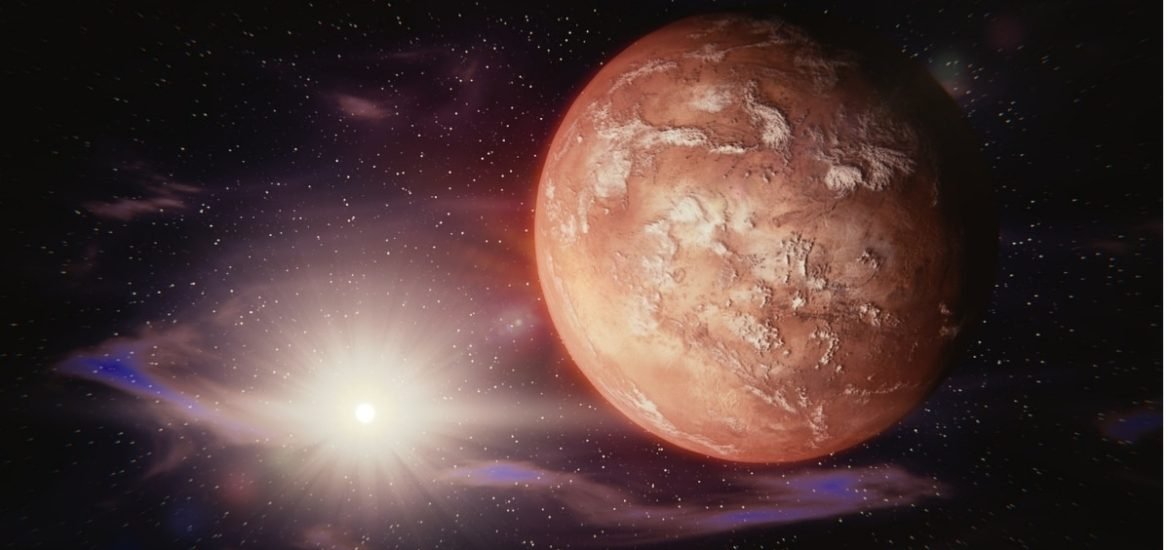
New research slated for publication on 15 November in Earth and Planetary Science Letters has provided evidence that Mars had enough chemical energy for microbes to survive in the subsurface of the planet billion years ago (1). The rocky Martian subsurface is protected from harmful radiation, subfreezing temperatures, and low pressures, thus providing a potential refuge for microbial ecosystems. The researchers showed that the region immediately beneath the cryosphere, the so-called sub-cryospheric highly-fractured zone, was the “most consistently habitable environment on ancient Mars” as it likely contained dissolved hydrogen concentrations and temperatures suitable for life irrespective of the hostile atmospheric climate.
The subsurface of the Earth is home to abundant lithotrophic microbial ecosystems. These organisms are not exposed to sunlight and therefore must obtain their energy elsewhere. They often do this by taking electrons from molecules in the local environment, such as dissolved molecular hydrogen. Radiolysis is the process that whereby water molecules are broken into hydrogen and oxygen via radiation and currently provides energy for many subterranean microbes on Earth. The findings suggest that radiolysis may have also provided an abundant source of hydrogen ― estimated to have been in the range of concentrations that currently sustain the huge quantities of microbes on Earth ― in the subsurface of the red planet.
Decades ago, researchers discovered evidence of ancient river channels and lake beds on Mars and a more recent study has provided clear evidence of a subglacial lake with the possibility of supporting life (2). However, it is unclear how much, if any, of the water on ancient Mars actually flowed since climate models of early Mars suggest temperatures rarely surpassed freezing. On the other hand, the Martian subsurface may have been better suited to support microbes.
Based on data from the gamma-ray spectrometer on NASA’s Mars Odyssey spacecraft, the international team of researchers mapped the abundance of radioactive elements in the Martian subsurface. As the elements decayed, they would have provided the radiation needed to drive the radiolytic breakdown of water and geological evidence suggests there was plenty of groundwater to tap into. Finally, geothermal and climate models were used to assess where the likely habitable zone would have been ― determined to be several kilometres thick immediately below the cryosphere. Within the habitable zone, radiolysis would have generated enough hydrogen to support microbial life that may have endured for hundreds of millions of years.
The study does not definitively prove that life existed on ancient Mars but does suggest the Martian subsurface had the right components to support it. This could be significant in terms of future exploration as it points to the subsurface as a suitable place to search for evidence of past life on the red plant.
(1) Tarnas, J.D. et al. Radiolytic H2 production on Noachian Mars: Implications for habitability and atmospheric warming. Earth and Planetary Science Letters (2018). DOI: 10.1016/j.epsl.2018.09.001
(2) Orosei, R. et al. Radar evidence of subglacial liquid water on Mars. Science (2018). DOI: 10.1126/science.aar7268